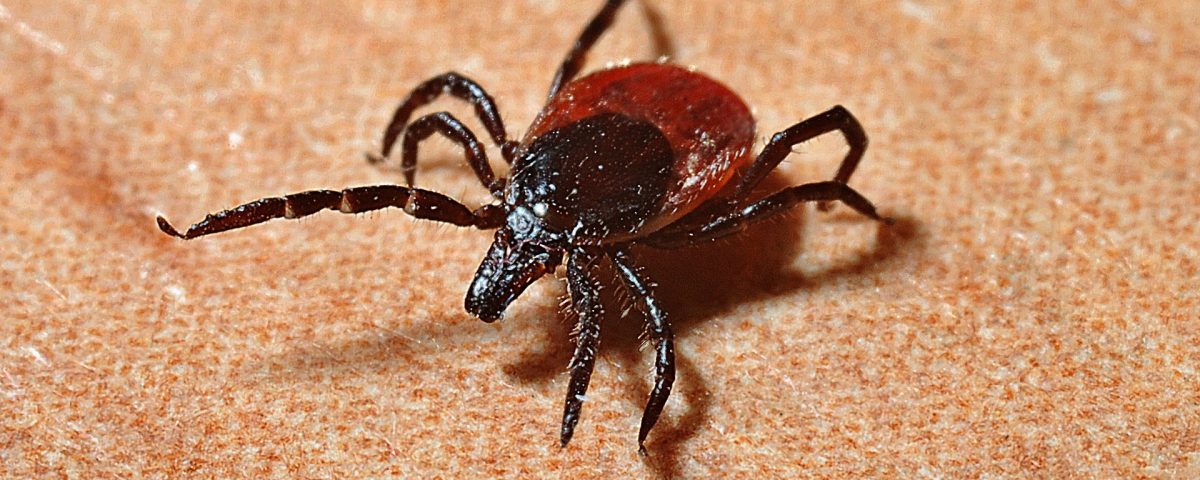This past week, I recieved my first tick bite as a park ranger. The little menace bite deep into my ankle in spite of the fact that I had sprayed my socks with Permetherin, a chemical that I was told kill ticks on contact, just days before.
For some dumb reason, I was actually a little bit excited to get a tick bite. It meant I could finally test out the tick removal key that my dad had bought me a year prior. Also, it meant I could finally add my name to my park’s semi-mythic tick log, a well worn, dust covered binder which tracks every tick bite that park employees have recieved since the late 1990’s.
This excitement lasted for about ten minutes before my bite got really itchy and red.
Then, I started to freak out and wonder if I had Lyme’s disease.
It was at this point that I realized I had no clue as to what Lyme’s disease is, other than, it’s bad, and it’s very bad, and it gives you a bullseye rash, and it’s bad.
Sure, I watched an episode of Mysteries at the Musuem on its origin in the town of Lyme as a kid and sure, I took a Wilderness First Aid class that advised taking 200 mg of Doxycycline within twenty-four hours to minimize the risk of infection. Yet. neither one, if I remember correctly, actually mentioned what Lyme’s disease does?
So, what exactly does Lyme’s disease do to the human body?
Well,
According to the CDC, “Lyme disease is caused by the bacterium Borrelia burgdorferi and is transmitted to humans through the bite of infected blacklegged ticks.”
Ok, it’s a bacteria. Good to know, as my first reaction to the tick bite was to lather a generous amount of Neosporion on it.
“Typical symptoms include fever, headache, fatigue, and a characteristic skin rash called erythema migrans”
Aka flu like symptoms. I’ve never had the flu before but I certainly don’t want to get it.
“If left untreated, infection can spread to joints, the heart, and the nervous system.”
So, in all, if you get the Lyme’s disease bactaria in your body, you could get the flu, and then die of a heart attack.
Cue the doom and gloom music.
While this definition gave me a thorough basic understanding of the disease, which is really saying something considering the way most scientific definitions are written, what I really wanted was a slightly above average understanding of the disease.
This is when I found the Canadian documentary Ticked Off: The Mystery of Lyme Disease. With a title that good, who could not watch it? And when the narrator opened the film with, “Take one blood thirsty tick and some ancient bacteria, then stir in climate change and symptoms that mimic other diseases. What you wind up with is a compelling medical mystery and a baffling disease that could effect thousands of Canadians,” I knew immediately that I come to the right place to boost my knowledge of Lyme’s disease.
From Ticked Off, I learned that yet another thing climate change is responsible for is more ticks. Since the weather is getting warmer, many places in Canada, like Ontario, have been over run with ticks within the last decade.
How have deer ticks traveled alway the way from the U.S. to Canada you may ask? Two words, or actually three depending on your choice of spelling: migratory songbirds. Who knew that in spite of the fact that they can fly, birds stll get a lot of ticks?
As for more symptoms and side effects of the disease, I learned from Ticked Off that Chronic Lyme Disease may or may not exist as it is hotly debated and highly controversal within the medical community. And when I say hotly debated and highly controversal, I mean hotly debated and highly controversial. (People were protesting the lack of proof and treatment for it with picket signs and posterboard.)
So, after compiling all of this rigorous research about Lyme’s disease together, I came to two big conclusions.
- Lyme disease is bad as are all diseases by definition.
- But like any disease, their are steps you can take to prevent/minimize exposure to it.
Just check yourself for ticks regularly this summer and hopefully you won’t get it.
But, in case you do think you have it, now you know the symptoms.
